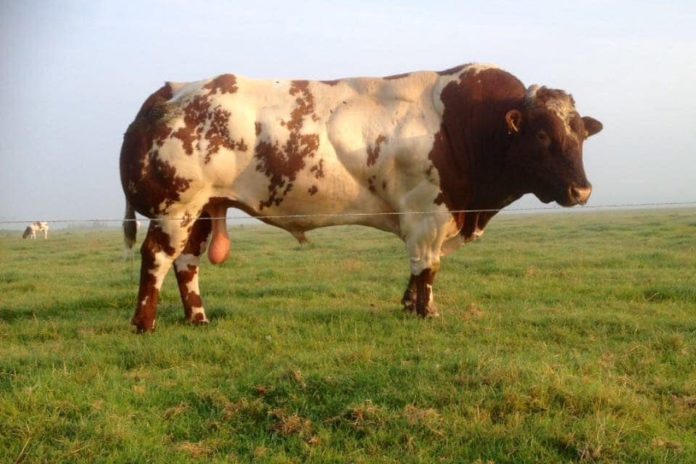In this video, produced by Teagasc, the state agency’s drystock advisor, David Argue, discusses the benefits of pregnancy scanning suckler cows.
He also outlines the importance of getting the timing right and the need for good facilities for human and animal safety.
Tips:
- Scan 30-days after the last cow was served;
- Scanning provides valuable information on individual cow fertility and overall fertility of the herd;
- The ideal time to scan is from 5-14 weeks of pregnancy;
- Some scan 4-5 weeks into the breeding season to make sure the bull is getting cows in-calve;
- The main scan should take 5 weeks after the bull has been removed;
- Early scans can detect any problematic cows and allow farmers to take action early;
- Scanning allows farmers to see if cows are slipping in conception dates from one year to the next – this information can predict the cow’s expected calving date along with having an influence on how the cow is fed coming up to calving;
- Once the cow is not past 12-15 weeks of pregnancy, the scanner may be able to pick-up any cows carrying twins;
- Some scanners may be able to identify the sex of the embryo, provided the cow is scanned at the correct time;
- Predicting when cows are due to calve will allow the farmer to batch them accordingly and feed minerals at the correct stage prior to calving;
- If the scanner reveals more than 5% of cows are not in-calve, then this may indicate that there is a fertility issue within the herd such as a bull not working properly, a mineral deficiency or even a disease problem;
- Good facilities are needed for the safety of both the farmer and scanner;
- A cattle crush, headgate and anti-backing bar can be used for accurate and quick scanning;
- After scanning, a record sheet can be drawn up showing a cow’s tag number, date served, the number of days in-calve and expected calving date.
Image credit: Marnix Knetemann [Photo submitted as part of our digital calendar competition]





